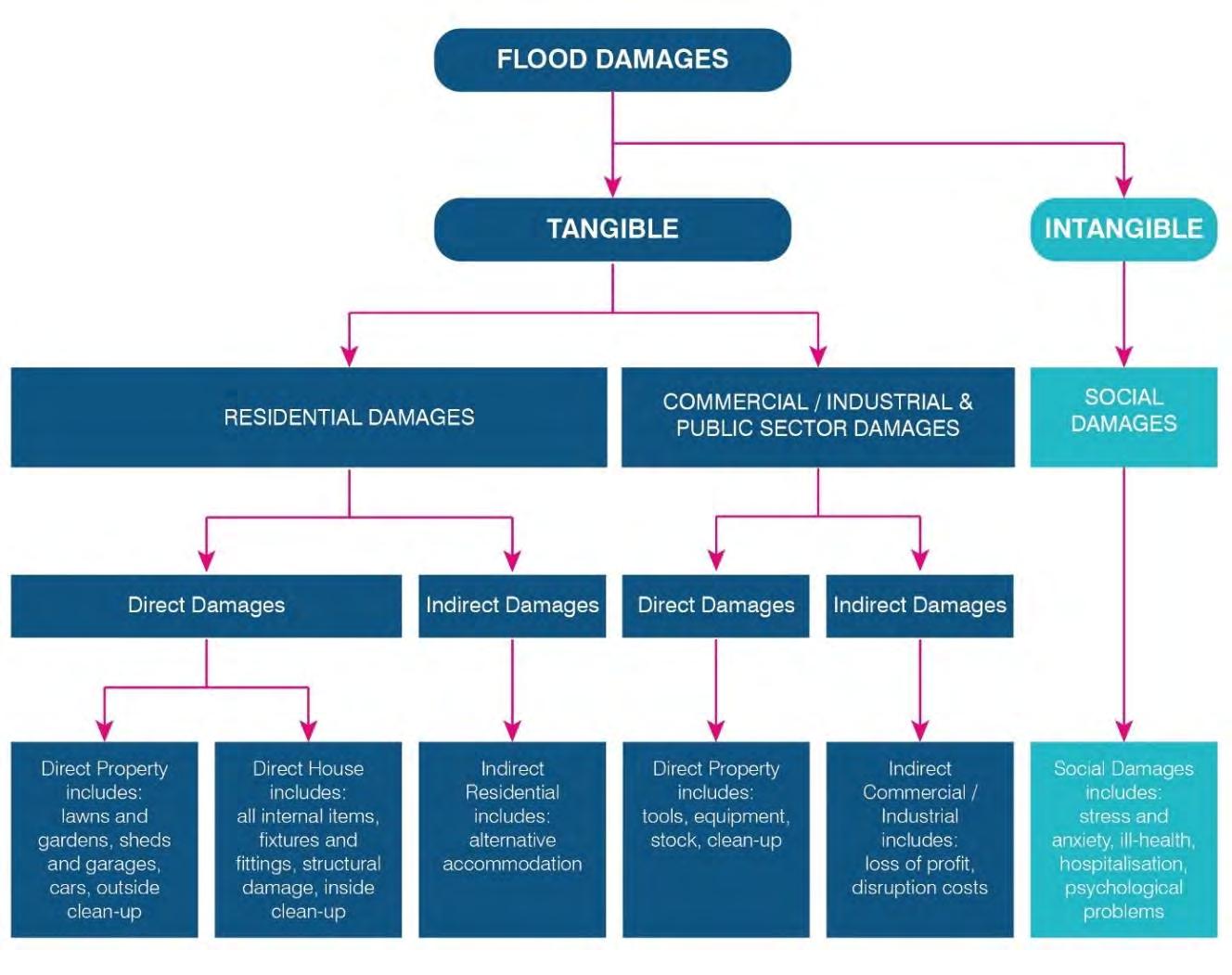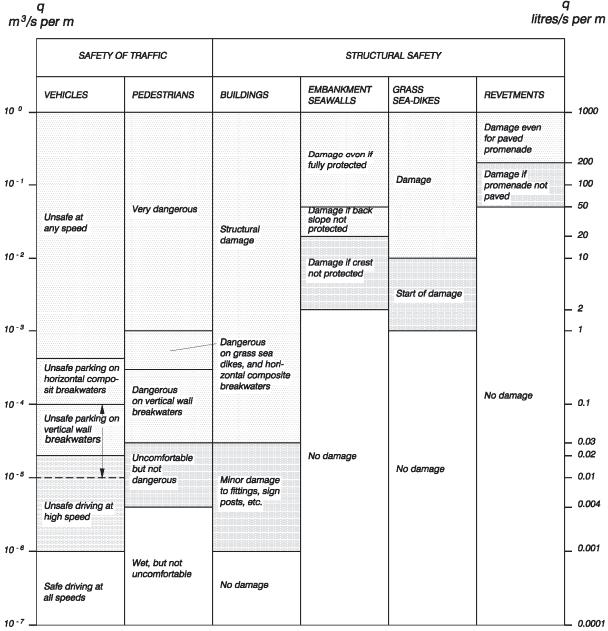
7 minute read
Appendix A Port Stephens Tertiary Sediment Compartment Information
A.1 Port Stephens Secondary Sediment Compartment
A.1.1 Shoal Bay
Shoal Bay extends for 2.5 km from Tomaree Headland to Nelson Head. It is the most easterly and more energetic of the beaches found in the southern half of Port Stephens (Figure 2-1, 2-5). It is classed as a reflective beach, and curves initially facing northeast at Nelsons Head, then north, and finally northwest when it reaches Tomaree.
Shoal Bay has a long history of shoreline changes (both erosion and accretion) due to the dominant sediment transport processes occurring there (Watson, 1997). These changes have been documented since the 1960’s (Wainwright, 2015; Watson, 1997; Lord, 1995), and they indicate that Shoal Bay has a net westward longshore sediment transport. Figure 2-6 summarises the main sediment transport processes for Port Stephens, including Shoal Bay. The western end of Shoal Bay is a highly reflective beach, that is aligned to the dominant ocean swell, and because of the dominant westward longshore transport, it has a wider beach and dune system. Intermittently, sand can either: a) build up at this end of the beach to such an extent that westward bypassing occurs around Nelson Head (BMT WBM, 2011; Wainwright, 2015), or b) storm events can erode the subaerial beach and move sand to the subtidal part of the bay, forming sand bars that usually return to the subaerial parts slowly, during calmer conditions. Sand from the sand bars can also be transported to the sand shoal (Shoal 1 in Figure 2-6) situated at the entrance to Port Stephens, which then can supply sand to the eastern parts of Shoal Bay. The beach at the central to eastern end of Shoal Bay is narrow and flat and has been experiencing long-term erosion and recession (Harris, 2009). This indicates that the sand from the shoal does not always make it to the beach, but is captured in the westward longshore transport pathway, heading back to the western end of the bay where sand is predominantly accumulated (and sporadically lost to adjacent sub-compartments) (Figure 2-6).
A.1.2 Nelson Head to Nelson Bay Marina:
Little Nelson stretches 200 m from the 30 m high Nelson Head to Fly Point in the west. Nelson Bay curves gently to the northeast from the eastern side of the marina wall 550 m to the low rocky Fly Point. Both beaches are reflective, and there seems to be strong currents present here, moving sands longshore (westward) to the marina’s east wall.
Little Nelson Beach receives intermittent amounts of sand from Shoal Bay via headland bypassing. It has been found that unprecedented levels of sand bypassing are occurring in recent years at this location, which has been be attributed to factors such as; ongoing erosion in Shoal Bay, stabilisation of Zenith Beach hind dunes, past nourishment of Shoal Bay, and a changing wave climate (PWDS, 1999). Sand builds up on the northeastern end of Little Nelson, and slowly moves west with the dominant longshore current, which may either bypass Fly point into Nelson, or most likely, be lost in the strong eastward tidal current off the point.
Nelson Bay Beach stretches from the western side of Fly Point to Nelson Bay Marina, and has had ongoing erosion issues since (at least) the 1940’s. Marked sand accretion has been reported to occur at the westward end of the beach while erosion is increasing at the eastern end (near Fly Point) (Geomarine, 1987). Prior to the construction of the Marina and the breakwaters, there was a continuous cycle of sediment movement along the beach (predominantly eastward), now sand accumulates at the western end, and during strong wind and wave events (or sand builds up to a certain extent), sand bypasses around the marina, or is captured in the strong eastward tidal current just off the shoreline, and deposited elsewhere in the estuary (i.e. northeast to the sand lobe off Nelson Head?). Due to the eastward longshore current experienced within the bay, sand can also be lost off Fly Point, where sediment is likewise trapped in the strong tidal current and taken elsewhere in the port (Geomarine, 1987).
A.1.3 Nelson Bay Marina
There is a 250 m stretch of sand within the marina, remnant of the former longer beach, when it connected with Nelson Bay. This is a very closed system, owing to the protection of the marina walls bordering it.
A.1.4 West Point to Sandy Point:
Dutchmans Beach is located between West and Redpatch Points, and is a 400 m long north facing, low energy, reflective, pocket of sand. Sandy Point is now backed by 500 m of private property, all of which have seawalls on and over the beach. As a result, Bagnalls Beach now commences at the eastern end of these walls and trends east for 1.3 km to Redpatch Point. Both beaches have been found to experience some minor erosion, which has been attributed to the destruction of Myall Point (a large sand spit extending into Port Stephens from the northern side) and the associated sand shoals around the middle of the port (PWD, 2000) Myall Point provided protection to Sandy Point and adjacent beaches from northeast wind-waves and ocean swells that are now directed right into this sub-compartment (PWD, 2000). The dominant longshore transport for this area is also to the west, with any significant onshore/offshore transport limited to hard points on the shoreline (i.e. artificial coastal structures). For example, the groyne feature at the end of Bagnalls Beach (Sandy Point) obstructs longshore transport, until sand builds to a certain extent that it can bypass the tip of the structure. This has been observed in aerial imagery, whereby sand spills over the rock groyne and buries the adjoining sea grass beds on the other side (PWD, 20000). This sand is most likely then transported intermittently within the net westward longshore drift into the next sub compartment (i.e. Conroy Beach).
A.1.5 Sandy Point to Anchorage Marina
Conroy Beach is found on the eastern side of the Anchorage Marina, it trends east-northeast for 650 m to Sandy Point, and the coastal processes occurring within this area have been heavily modified since the construction of the Marina (i.e. obstruction of the dominant westward longshore transport) (Geomarine, 1991; Short, 2007). For example, since the construction of the Marina breakwaters, the western end of the beach has built about 50m into the port, and it will continue to trap sand until the beach progrades sufficiently to allow sand to bypass the harbour, and lost around Corlette Head (into either Salamander Bay or off the dropover of the Flood Tide Delta head) (Geomarine, 1991; PWD, 2000; Short, 2007). While the western end of Conroy has accreted, the eastern end has eroded over the past 20-25 years (Wainwright et al. 2015). The sand transport rate at this location has been estimated at 3,000 m3/yr., and is thought to be primarily feeding the steep prograding face of the flood tide shoal off Corlette Head (Shoals 4 and 5 in Figure 2-6), which his developing westward at a rate of 0.5 – 1 m/yr. into the quieter waters of Salamander Bay (PWD, 2000). Conroy Beach is the western end of the sediment compartment that includes Dutchmans, Bagnalls Beaches and West Point in the east (see Figure 2-1) The longshore littoral drift in this sub compartment is being fed by the foreshore erosion of Dutchmans and Bagnalls Beaches, and is then being lost to the flood tide shoal off Corlette Point (PWD, 2000).
A.1.6 Anchorage Marina
This section of shoreline within Port Stephens has been modified by the construction of the Pepper Anchorage Marina, on the eastern side of Corlette Point. It makes up 250 m of the point and extends 150 m into the port, altering longshore transport in the area.
A.1.7 Corlette Point to Wanda Wanda Head:
Salamander Bay lies on the western side of Corlette Point. The semi-circular bay faced to the north and contains two low energy beaches (fronted by sand flats), separated by a central section of mangroves. From the 30 m high Corlette Head, the narrow high tide eastern beach is backed by a seawall for approx. 300 m, it then curves south-westward for 700 m, and is fronted by 50 m wide intertidal sand flats. The mangroves take up a 1.5 km section in the centre of the bay, with the western narrow high tide beach extending for 875 m to Wanda Wanda Head. There is no significant bypassing of sand from around Corlette Head and into Salamander Bay (PWD, 2000). Atpresent,there is still very little knowledge of the estuarine physical processes occurring within the bay. PWD (1987) found that the area is very protected/ isolated from the main flood tidal flows, thus it has slow tidal flows. It has also been proposed that a weak largescale reverse current circulation occurs within Salamander Bay (Figure 2-6), keeping sediment within the closed system (PWD, 1987).
A.1.8 Wanda Wanda Head to Soldiers Point:
Wanda Beach commences on the northern side of the 40 m high Wanda Wanda Head, and trends due northnorthwest for 1.6 km to Kangaroo Point. Wanda Beach is a low energy beach which also has sand flats fronting it, and a groyne adjacent to the beach 400 m south of the point.
Soldiers Point is a 10 m high northerly protruding headland that with Fome Point, divides Port Stephens into the eastern and western sections. There are two beaches between Kangaroo and Soldiers Point, the northernmost one, extends south (east facing) for 650 m. It is a 5 m wide high tide beach fronted by shallow seagrass flats, and a small groyne in the south. The southern beach is an extension of the previous, it is a curving north facing narrow strip of sand that terminates in lee of Kangaroo Point.
These 3 low energy beaches reside in a low energy coastal environment. The ebb flows can be relatively strong from Soldiers Point to Wanda Wanda Head (generally occurring past the -10m contour), but once they enter the bay, they slow dramatically (PWD, 1987). Sand transport seems to be similar to Salamander Bay, in that it remains within this sub-system, with minimal to no reported losses around Soldiers Point or into the bay.








